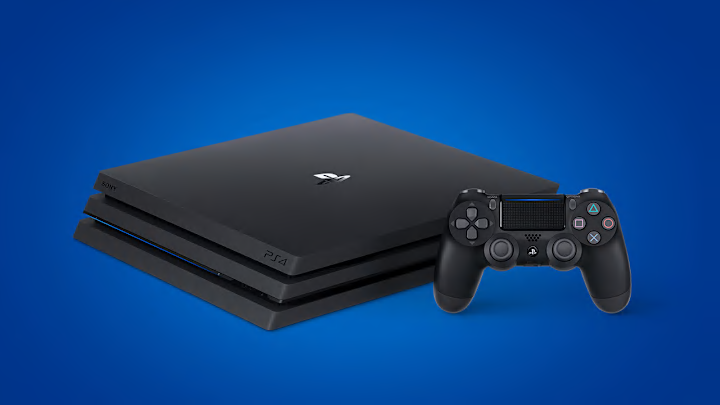Every mid-generation pro console, ranked from worst to best

With the PS5 Pro having just been announced and releasing fairly soon, we’ve been thinking a lot about mid-generation “pro” consoles. If you have a short memory, it might seem like this is a recent phenomenon, but it’s actually been going on for at least 30 years, if not a bit longer.
These enhanced consoles usually build on what made their base models great, while also offering more powerful hardware or new features that help it stand up just that little bit longer while a true successor is worked on behind the scenes. With 30 years of consoles to go reflect on, we thought we’d take a look back and rank every single mid-generation pro console from worst to best.
Nintendo DSi
To be clear, there’s absolutely nothing wrong with the DSi, or the DSi XL, which is definitely a lovely little console. It introduced a few new games, most of which were downloadable titles, and the design itself was fantastic. But it didn’t really do much for existing games, and the loss of the GBA slot was too much to bear.
New Nintendo 3DS
The New Nintendo 3DS, confusing name aside, was a lovely little console with a fantastic design. Adding a second analog stick, even if it was just a pressure sensitive nub, was a huge boon for games like Monster Hunter, which previously required a bulky add-on. A few exclusive games were released for the console, too, including the excellent Xenoblade Chronicles 3D, SNES games officially portable for the first time, and Minecraft. It was a nice upgrade, but not a necessary one by any means.
Sega Genesis CDX
We weighed up putting the Sega Genesis’ many add-ons on this list — is it really a new, enhanced console if it’s an optional add-on to an existing console? Thankfully, there is one product from Sega that ticks all the right boxes for inclusion on the list: the Genesis CDX. This funky little device is a Genesis and a Sega CD all in one, capable of playing games from both consoles, and it has a fun little trick, too — you can chuck some batteries in it and use it as a portable CD player. The Sega CD had a few neat games, and the Genesis had even more. Being able to play both on one console, with no clunky add-ons or awkward docking stations, is fantastic.
PS4 Pro
The PS4 Pro came at the perfect time for the 4K revolution. As everyone was weighing up an upgrade to a 4K TV as they came in price, Sony came along with a console that could play games in 4K-ish. Very few games were natively rendered in 4K, but the extra power gave players the choice between better visuals or better performance, something that was definitely appreciated in the era. Some games, like Bloodborne, even got a little bit of a boost thanks to the more powerful hardware, smoothing out the frame rate.
Xbox One X
While the PS4 Pro wasn’t quite powerful enough to hit the native 4K mark, Microsoft’s answer in the Xbox One X certainly was. It was one of the biggest upgrades we’ve seen from a mid-gen refresh, and it delivered a lot of power and a few great perks, too. Xbox One, Xbox 360, and Xbox games could be boosted to higher resolutions and potentially higher and more stable frame rates, some of which without needing a patch, in addition to the officially enhanced games. Packaged up in a nice, sleek box, and alongside one of the best console controllers of all time, it was a very good deal, especially in the later years when the price dropped.
Game Boy Color
This one’s a bit of a cheat, because the Game Boy Color is sort of halfway between a mid-gen upgrade and a brand-new console. It used the same processor as the Game Boy, just running at double the clock speeds, and added a color display and a mini-GPU to help give a bit more power. The GBC had a fantastic library of games, but we’re counting it as a “pro” console simply because many of its best games, like Pokémon Gold and Silver, were also playable on the original Game Boy. Still, it was a fantastic upgrade in the era, and well worth the price of entry.
